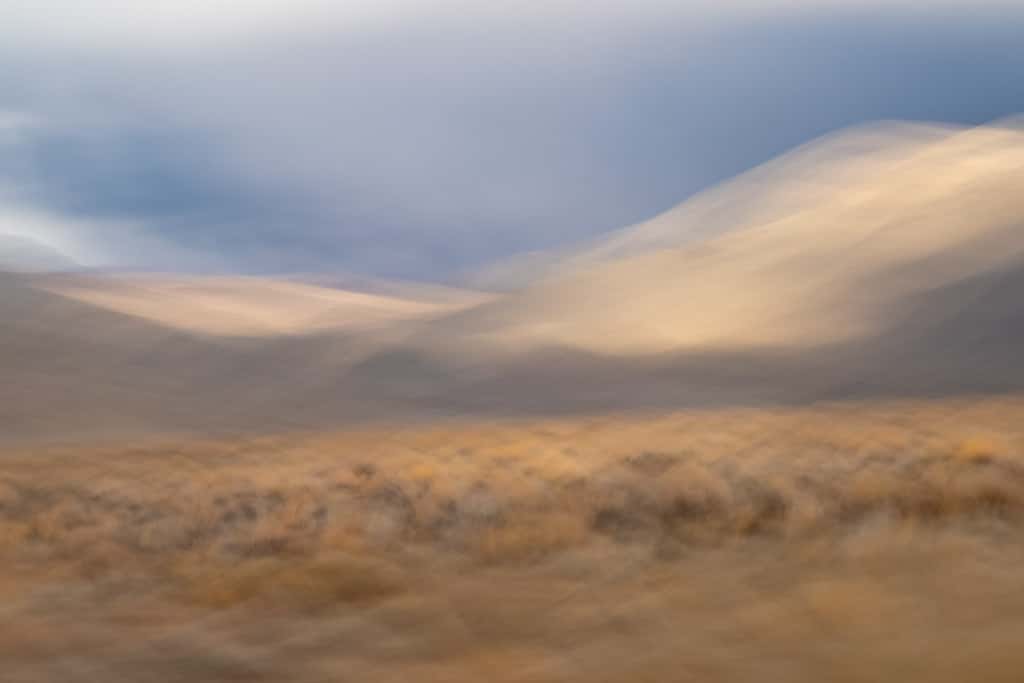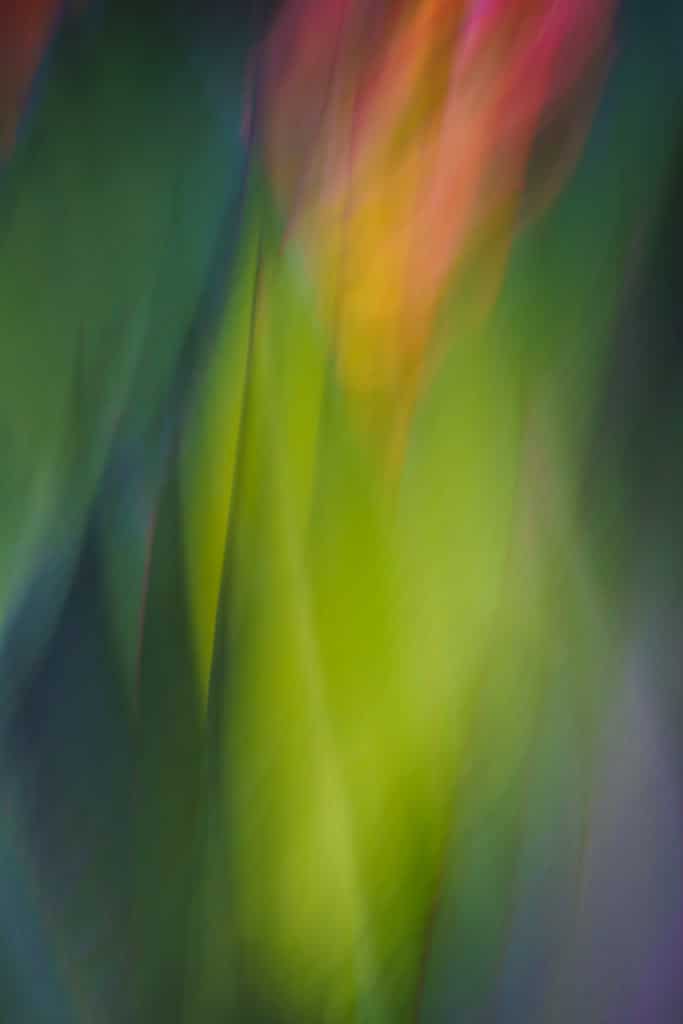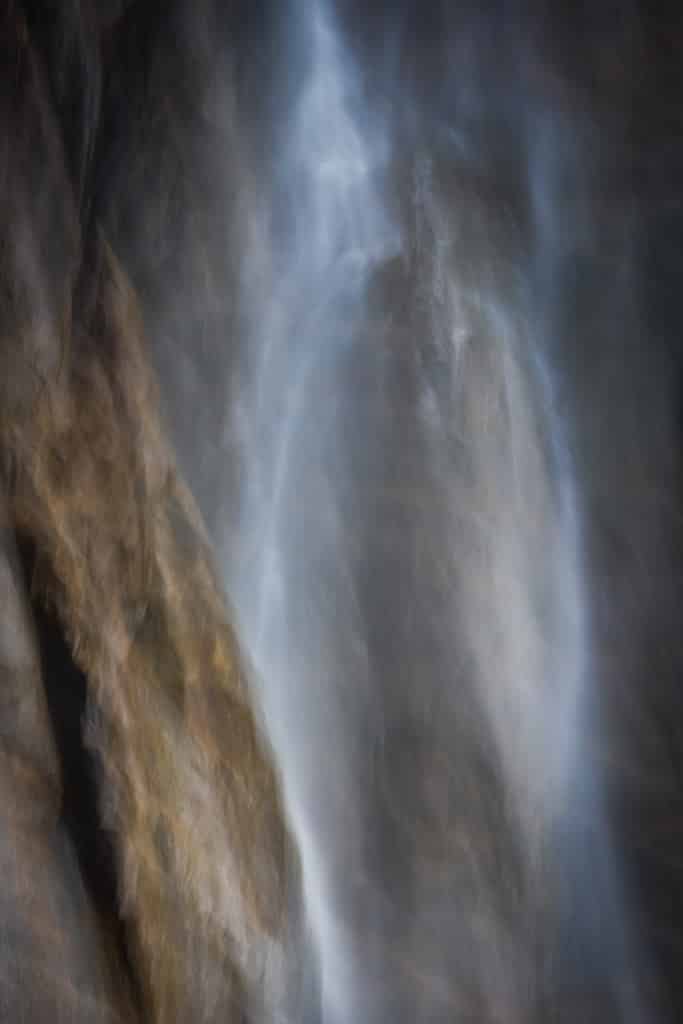Jan Lightfoot: Natural Rhythms

In the past, many of Jan Lighfoot’s photographic images reflected a long association with classic and traditional compositions with an emphasis on nature. However, over the past two years, her work with Intentional Camera Movement (ICM) has become more than just another genre of photography. It has become synonymous with delight, surprises, and visual wonder.
ICM involves using slower shutter speeds to introduce intentional blur and/or movement into the image. The results are like snowflakes; each one is uniquely different and will never be duplicated. Lightfoot works with ICM in a way that has become almost unconscious and intuitive. It has become a continuous journey of exploration and never a destination to be conquered.
Lightfoot likes to think of ICM as the sum of energy, light, motion, balance, contrast, colors, and simplicity. She believes the mystery of an ICM image is reflected in the movement. Her intent is to invite the viewer to consider its uniqueness and its place in time and space. The stories are there, captured in that moment of time, which is neither here nor there. One can only imagine.


Nature and landscapes are her favorite subjects to photograph in ICM. She lets the contrast of light and shadow play within the frame while remembering the importance of lines. As she photographs, she finds herself paying much more attention to the sounds around her, like the rustling of leaves or watching the sun filtering through what is left on fall trees. She allows nature to surround her into deeper contemplation.
In ICM, there is a natural tendency to view poetry or creative writing as inspiration. She has chosen to elevate the viewer's experience with Haikus as titles. Haikus can give background to an image, adding rhythm, metaphor, and hidden stories, creating a more immersive experience.
Lightfoot’s work with ICM continues to evolve. She blends energy, light, and motion to create art using the camera as her paintbrush.
